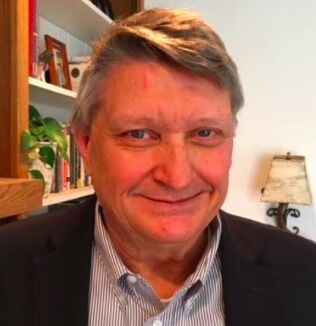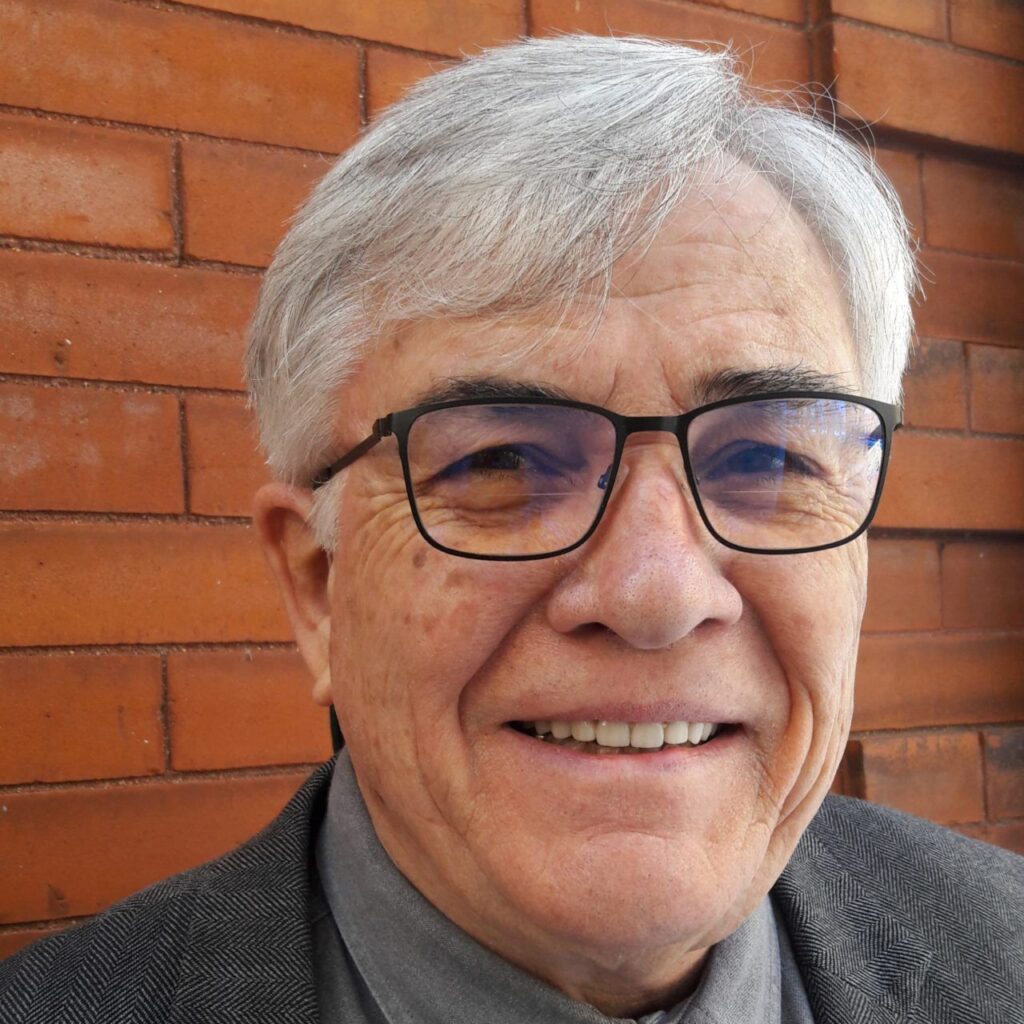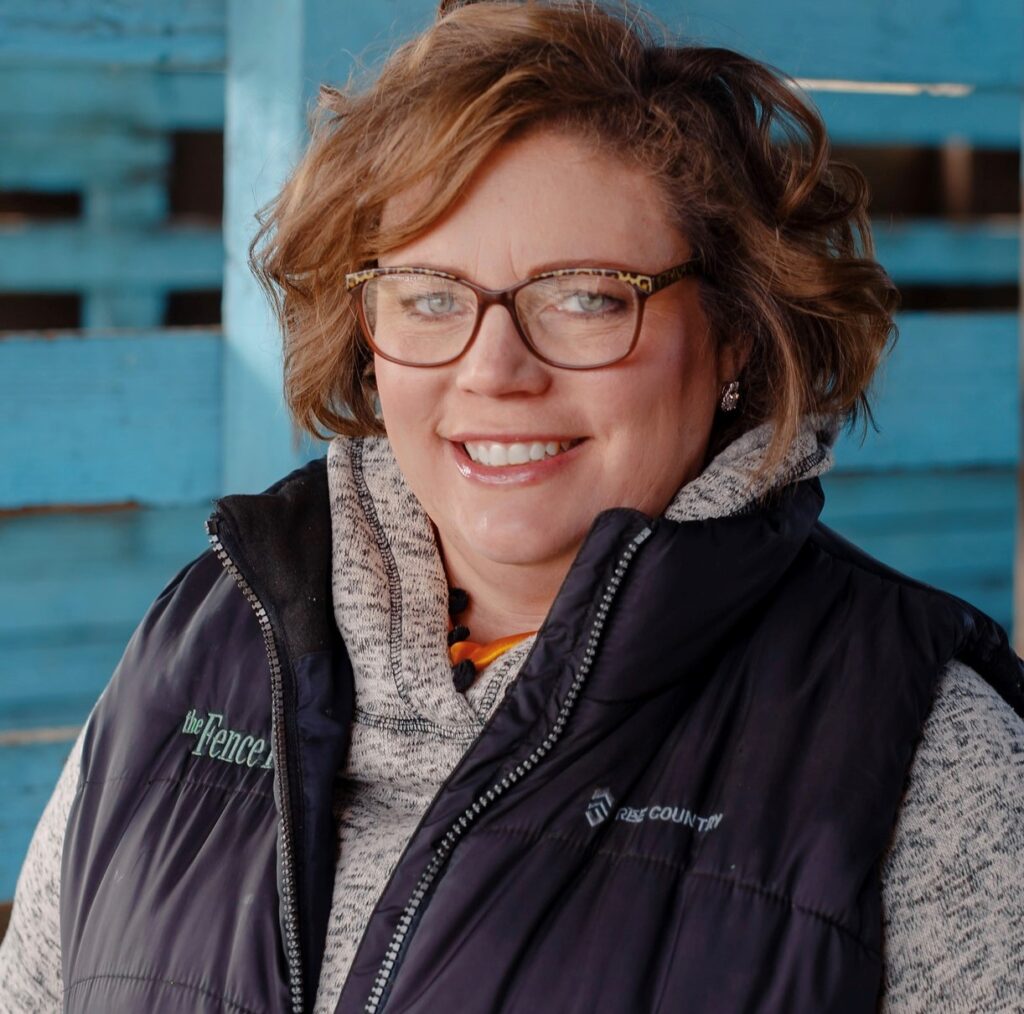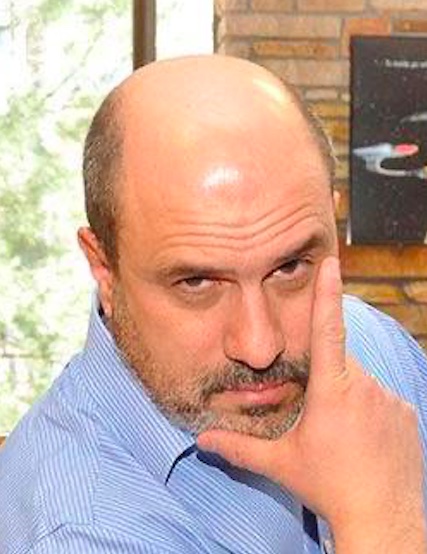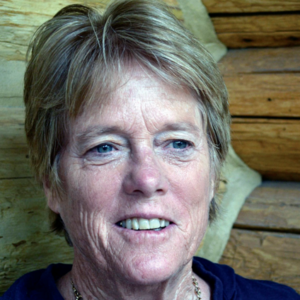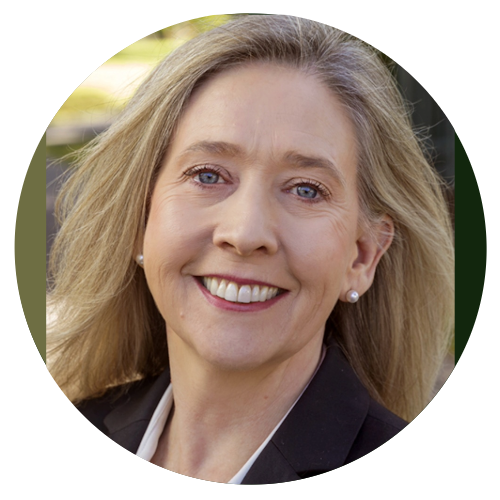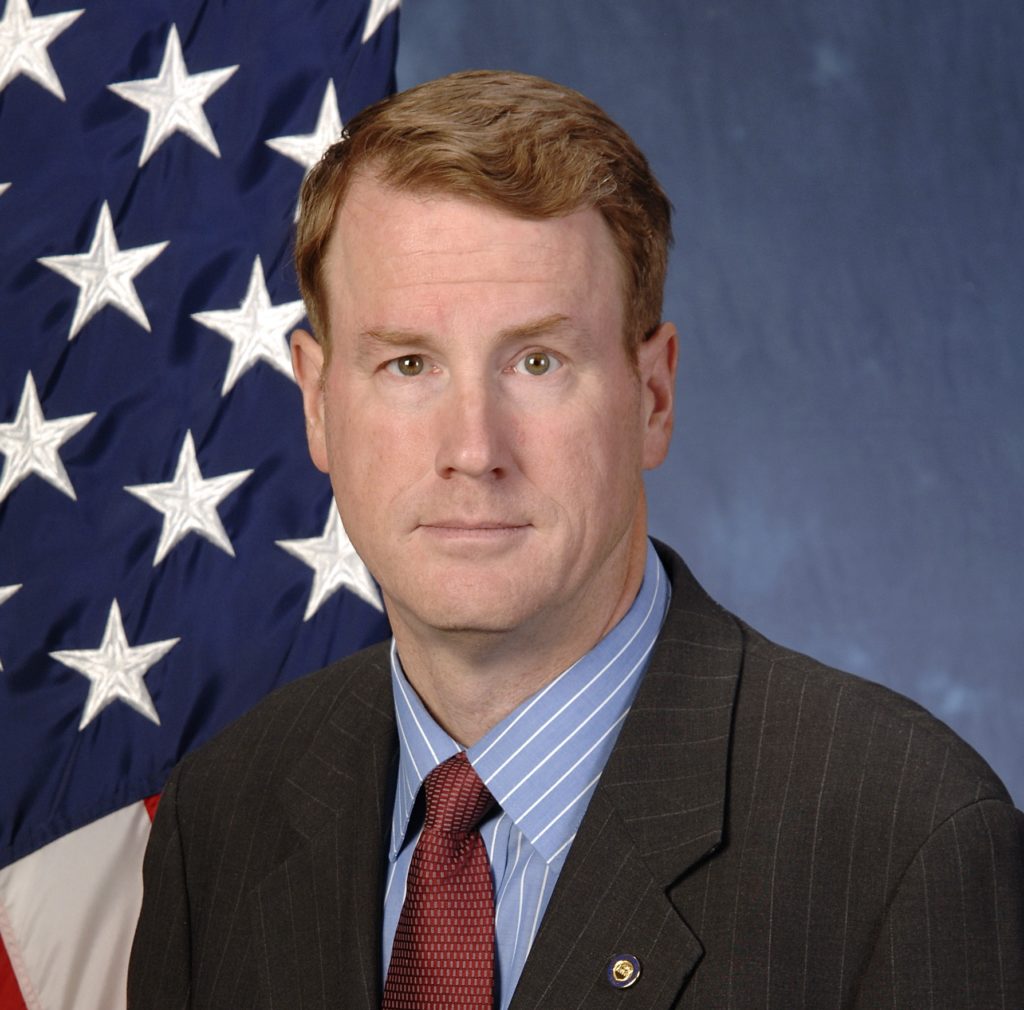Predictions and probabilities — provocative new reads | CRONIN

Tom Cronin
What happens when you read back-to-back books by a quirky celebrity computer scientist and a quirky celebrity statistician/gambler? You’re tempted to consider bigger and riskier bets, and you ask difficult questions about what and who will be determining our future.
I recommend both books. But be prepared for strange new vocabulary, challenging new theories about how our society is being transformed and who and what will be the chief influences on what happens.
“The Singularity is Nearer When We Merge with AI”
Ray Kurzweil, Viking, 2024
Ray Kurzweil is a prize-winning inventor and currently a senior advisor on artificial intelligence for Alphabet/Google. He has written best sellers and is known for successfully predicting rapid breakthroughs in AI.
AI, Kurzweil believes, is the transformational new technology that will enable us to meet the demanding challenges confronting humanity — including overcoming disease, poverty, environmental degradation and other human frailties.
Stay up to speed: Sign up for daily opinion in your inbox Monday-Friday
Kurzweil fully understands the risks of economic and political disruption that will accompany this accelerated change. Jobs will be created, but even more jobs will be displaced. Political anxiety is inevitable. Yet the optimistic Kurzweil predicts humans will adapt, and that new policies, such as universal basic income systems, will provide for those who are displaced.
Kurzweil documents the astonishing technological changes of the past few generations. Thus, farm productivity has increased in the United States so much in the last century that employment on farms has dropped from 80% to 2%. He reminds us of how life has improved with the invention of solar power, genomic analysis for medical research and widespread access to information. The $700 Encyclopedia Britannica has been replaced by free Wikipedia. Technologies such as 3D printers, vertical gardening, driverless cars, containerization and ChatGPT are changing our lives.
Readers like me will be regularly challenged by Kurzweil’s “rich” vocabulary. Be prepared for phrases such as “nonabots,” “diamondoids,” “deskilling,” “computronium” and “pan-protopsychism.” He explains most of these words, but you may not be ready for the idea of “nanobots” capable of entering your body and carrying out bodily repairs.
Kurzweil is a big believer new biotechnologies will lead to startling life extension.
“In the 2030s,” says Kurzweil, “medical nanorobots will begin to integrate… brain extensions directly into our nervous system.”
Are you ready for this?
Kurzweil uses the word “singularity” to refer to the time when AI and robots will do pretty much whatever humans can do, and perhaps do it even better. He believes we are just a decade or so away from this singularity.
Highlighting the exponential change brought about by algorithmic innovations, he predicts much more soon. His hope is the benefits of AI will be spread among all of us evenly — although this is hard to believe.
Kurzweil, like almost everyone who is working in the field of AI, believes:
1. AI is inevitable.
2. We are not ultimately in competition with AI.
3. There will need to be guardrails and private- and public-sector regulators who protect us from deliberate misuse of these new technologies.
This last belief — that guardrails can protect us — is uncomfortably reminiscent of our 80-year “Dr. Strangelove” challenges in containing the use of nuclear weapons.
Kurzweil has a huge fan following — most of his inventions and predictions have turned out well. “These are the most exciting and momentous years in all of history,” he writes. “We cannot say with confidence what life will be like after the singularity. But by understanding and anticipating the transitions leading up to it, we can help ensure that humanity’s final approach will be safe and successful.”
“On the Edge: The Art of Risking Everything”
Nate Silver, Penguin, 2024
Nate Silver studied economics and statistics at the University of Chicago, fell in love with gambling, (“I love Las Vegas“), pioneered sports algorithms and predictive models, became an election analyst and forecaster and is currently balancing a career in news analysis with his passion for gambling.
Silver, who lives in Manhattan, traveled to Las Vegas, Silicon Valley, Miami and the Bahamas to do research He interviewed 200 sources, mostly people from the worlds of poker, venture capital, start-ups, and crypto currencies. He also talked to scientists, military commanders, astronauts and entrepreneurs.
This book started out as an exploration, an almost anthropological study, of successful professional gamblers. Silver describes himself as a nerdy quant-guided risk-taking gambler. He admires most of his gambling friends and continues to get a “high” from the comradery and competitiveness of high-stakes gambling, especially in Texas Hold ‘Em.
Silver noticed several of the traits shared by star poker players — calculated risk-taking, composure under pressure, conscientious contrarianism and at least some anti-establishment, libertarianism — were also found among talented sports bettors, venture capitalists, start-up founders and some of the pioneering crypto entrepreneurs.
The first half of Silver’s book treats gambling — who is attracted to it, who gets addicted, the diversity of games and the economics of the industry. He introduces us to the tricks of the trade — the typical mistakes gamblers make, and the advice from experts on how to take risks, calculate bluffs and read the competition.
Card players will enjoy this. Non-gamblers (like me) will most likely view this part of the book as a tour of an alien culture that we can only comprehend at a distance. Silver is an instructive gossipy guide to the world of gambling. He talks about all the mistakes he has made, yet appropriately brags about successes. The strength of this part of the book are his interviews with poker-playing legends.
Silver then moves on to shine a spotlight on Silicon Valley and the tech industry “quants” who have taken big risks and reaped enormous rewards. He reminds us the San Francisco Bay Area is headquarters to almost 25 % of the world’s “unicorn” companies (private companies with a valuation of at least $1 billion). Silicon Valley has consistently attracted brilliant engineers and computer scientists who, along with the help of high-risk investors, have translated countless innovations into huge economic engines. Just think of Hewlett Packard, Apple, Google, Meta and Nvidia.
Silver interviews a dozen founders and venture capitalists, and finds they are often contrarian and have the instincts of gamblers. Elon Musk, Peter Thiel and Mark Zuckerberg are illustrative. One thing many of these people share in common is their antagonism to governmental regulation and to the perceived “woke-ism” of the eastern establishment.
Silver’s book is a celebration of risk-taking, an elegy for the quant nerds like himself, who are very bright, yet live in a risk-taking universe in stark contrast to the risk-averse eastern establishment.
He describes these contrasting elite worlds as the “River People” and the “Village People.” The River People embrace risk enthusiastically and hold contrarian and anti-establishment views. They may lean Democratic, but are far less progressive, or leftist, than the Village People. Indeed, many are semi-libertarians.
Villagers, in Silver’s analysis, live in places like Boston, New York City and Washington, D.C. They work at places like the New York Times, the Washington Post, in the Ivy League or for governments. They are generally Democrats, risk-averse, pro-regulation and are inclined to be public scolds.
Silver shares several interviews he held with the now-convicted Sam Bankman-Fried. Silver considers SBF and his FTX scam as exhibit A in reckless, immoral risk-taking. Silver seems confused about Elon Musk. He is much more optimistic about Sam Altman of Open AI, whom he interviewed at length. Altman, like Kurzweil, is generally optimistic about the AI revolution.
Silver doesn’t explain well that dozens of inventors and founders came from the Harvard village and even more from the Stanford village. And that both he and Kurzweil were village products and still live in the village.
Silver suggests that smart, restless riverians have migrated to the AI revolution, just as bright risk-taking scientists were attracted to the Manhattan Project. Quantum information research and invention are attracting some of these same types.
Silver acknowledges the threat AI poses for humanity. He notes the admonition of leading AI entrepreneurs in a 2023 Manifesto: “Mitigating the risk of extinction from AI should be a global priority alongside other societal-scale risks, such as pandemics and nuclear war.” The big threat is a bad actor might develop an AI biotechnology that could lead to a doomed humanity.
After showing how River People have changed society with their risk-taking, Silver concludes, somewhat lamely, both River People and Village People need to better understand the exponential changes taking place. They need to invent pluralistic and collaborative ways of maximizing the best possible human benefits of AI and the age of singularity.
Tom Cronin writes regularly about Colorado and national politics.


